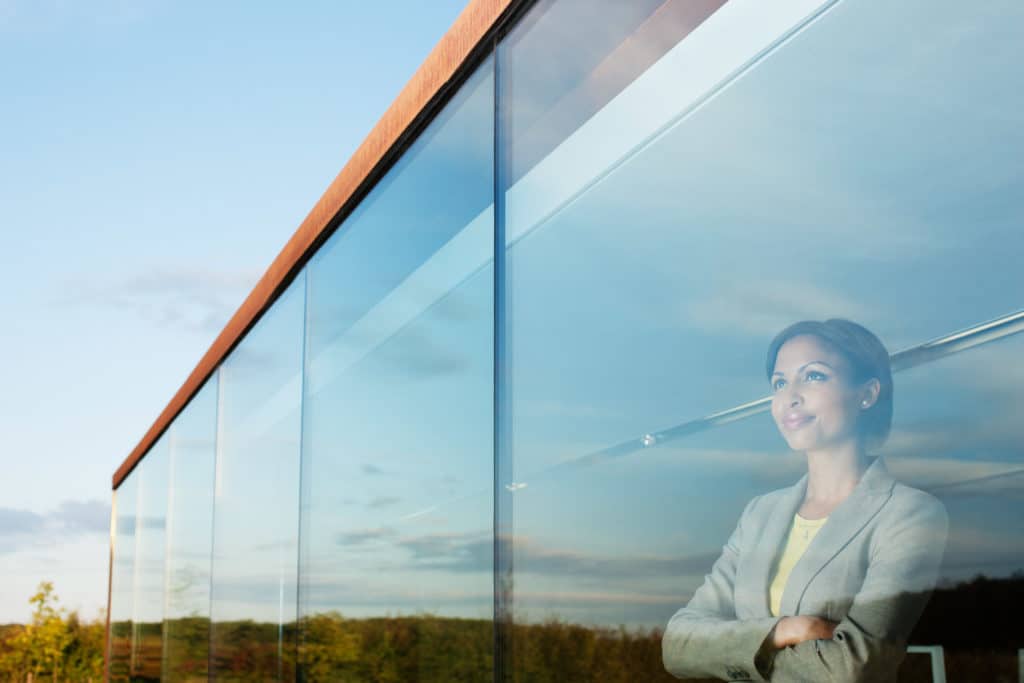As media and organisations speak of a ‘new normal’ in workspaces, I spoke with Brad Krauskopf, CEO and Founder of Hub Australia, and Gina McNamara, CFO of SAP ANZ in the most recent episode of the Best Run Podcast.
We explored how COVID-19 has changed the way we work and how the work environment has shifted more towards people’s health, safety, and wellbeing.
Gina explained how SAP has been offering flexible working options to staff prior to the virus outbreak, making it easy to transition to 100 per cent virtual seamlessly. However, COVID-19 tested our business continuity and the way we support staff remotely.
“We came out with a lot of initiatives such as SAP In Touch, ensuring we have the tools in place for our employees and our customers, looking after their mental health. We’re also checking in with them regularly through our own technology – Qualtrics remote working surveys – and then rolling that out to our customers as well so they could have access to that technology at no cost.”
Since Hub Australia provides flexible workspaces, Brad has noted how managing work environments has fundamentally changed, particularly in terms of cleaning, visibility, and technology.
“We always used to do our cleaning after hours so we did not bother people. Now we’re doing it during the day because people actually want to see it happening.”
“Also, staff training. We’ve also got staff that need to feel healthy and safe coming into work. A huge amount of investment has been around our team. We need to give them very good, clear communication and tools to help all of our customers, which ultimately have their own staff that they’re responsible for.
“We’ve had to invest a lot in the communication for them to use. One of the things that we’re putting in place at the moment are people counters so people can be confident about the density on the floor and will display the number publicly, so there’s real transparency and it gives people confidence right from the get go. We’ll also be displaying air quality. There’s also sanitiser and disinfectant wipes around the workspaces.”
Managing return to work is challenging as people adapt and teams consider their safety. At SAP, Gina says they have been working in split teams to help ensure continuity while mitigating risk for staff and customers.
“We’ve also given 100 per cent flexibility,” Gina said. “Since Victoria is back on lockdown and children are home, back to remote learning, we’re ensuring we support the managers and teams with total flexibility, encouraging them if they need to take more time off or work more flexibility.
“We’ve also looked at what technology we can use to help our teams as they return to the office with visitors, helping them feel safe. SAP has a COVID app.”
“We’ve also used our Qualtrics technology to do our contact tracing in the offices, so that if a situation should arise, we can easily respond and meet all the regulations.”
Gina also expressed the importance of managing virtual fatigue. “We’ve looked at our remote working survey results; while they’re really good and people are as engaged as ever, they’re really telling a strong message around how they’re feeling about virtual fatigue. So we’re ensuring we put in place some initiatives around staycations and different programs they can do should they want to take some time out and not feel like they should be working. Looking at meeting-free days and meeting-free commute times to really help our employees and support them.”
Looking ahead, Brad believes the future of workspaces will be distributed and better suited to people’s needs. “One of the great things to come out as well is there’ll be a much greater focus on workspaces that people love rather than creating workspaces that tick a box on a balance sheet or come in at a certain amount of dollars per square metre. Organisations will need to provide a distributed range of options for their teams and for attracting and retaining the best talent.”
According to Brad, another emerging trend in flexible workspaces is suburban work hubs. “Not all tasks can be done from home, but also they shouldn’t require an hour commute to get into the city. Having work hubs closer to home, ticking security and technology boxes, but not needing to be in the city, we see those emerging. Workspace becomes a choice of options managed in a distributed fashion – how and when you want.”
Hub Australia is a member of the Workplace Operators Readiness Council, which recently published an online guide outlining the best practices and considerations for business returning to office spaces. Brad also noted that flexibility will remain critical as employees have demonstrated the capacity to work remotely and expect new business environments that provide services that facilitate collaboration in a safe manner.
At SAP, Gina outlined that they are moving to a new office space in North Sydney, which has a future proof design and provides an enticing space for collaboration. As Gina explained, the office’s COVID-19 safety measure are an extension of the existing office’s practices with signage and resources to ensure everyone’s safety and wellbeing. Whether in the office or digitally, SAP is focused on supporting staff to help us maintain or improve on our recent award as 3rd Best Place to Work in Australia.
To hear more about the new nature of workspaces and returning safely, hear the complete episode of the Best Run podcast.
This blog originally published on Linkedin.
